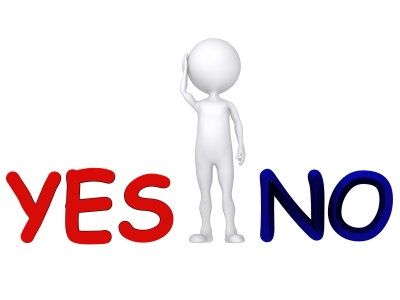The last component of communication is body language. As discussed in the first blog words only account for 7% of the communication process. The next blog we discussed that voice qualities or voice inflection account for 38% of the communication process. This leaves body language that accounts for 55% of the communication process. Now we can start to see that it is way more about how we say our words than the words themselves. Let’s explore reading body language.
Certainly it is not possible to get into every aspect of body language in a blog. However, we can at least begin to understand how it is important. As an insurance agent or sales professional you pick up on the easy body language cues very early. For example, if your prospect leans back and crosses his arms, that is a sign of covering up. In other words, I am not listening to you and you are not getting in. The novice just keeps on with his or her presentation hoping for good results. The professional knows this body language and changes their communication until the prospect uncrosses their arms and leans in to become more involved in the presentation thus increasing the odds of closing a sale. But how about the subtle body language cues, do we do a good job of picking up on those?
I believe a great book to read to help understand body language is actually a face recognition book by Mac Fulfer called Amazing Face Reading. He was the consultant on the television show Lie To Me on Fox. The later chapters deal with sales and jury selection by reading faces and gestures. This is a book you will want to read over and over. It has been a huge help for me personally in bettering my communication skills. It has been invaluable learning the little subtle gestures when presenting, recruiting or training my insurance agents. For example, if a prospect touches or rubs their brow during a crucial part of your presentation, that is a sign of worry or doubt. Meaning you may be selling, but they are not buying. Somewhere in your presentation you created doubt about your product or service. Another example would be a prospect that touches their temple with their fingertip or rests their head with the finger on the temple. This is a sign of mental saturation and it is time for a break. They cannot absorb any more information from you and you need to break this line of communication. A last example of body language communication would be a prospect that continually scratches, pulls, pinches or rubs their nose too often. This is a sign of pressure or being controlled. This sign should make the sales professional ease up a bit with the presentation and elevate this pressure selling. I believe you start to get the idea about body language communication and just how important it really is.
With our selling world, especially the insurance industry, going more and more to online or over the phone sales, a lot of very important communication is lost by not being face to face. I am hearing more and more about video chatting sales communication through Skype, Citrix and many others just for this very reason. I may be old school but I do realize the closing ratio is multiples higher face to face versus phone or internet and it is only because of one simple difference, body language. Let’s face it, face to face is the preferred method, pun intended.
“The most important thing in communication is hearing what isn’t said”. – Peter F. Drucker
“I speak two languages, Body and English.” – Mae West
Image courtesy of Stuart Miles at FreeDigitalPhotos.net
Tim Wilhoit is owner/principal of Your Friend 4 Life Insurance Agency in Nashville, TN. He is a family man, father of 3, entrepreneur, insurance agent, life insurance broker, salesman, sales trainer, recruiter, public speaker, blogger and team leader with over 26 years of experience in sales and marketing in the insurance and beverage industries.



“The most important thing in communication is hearing what isn’t said”. – Peter F. Drucker
Thank you Omar, Peter Drucker is a very wise man.
Yep, you are a great communicator and I appreciate your information!
Thank you for your kind words Jack, I really appreciate it.